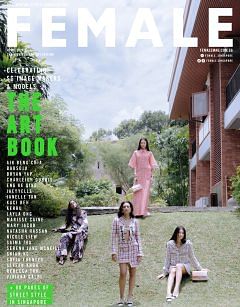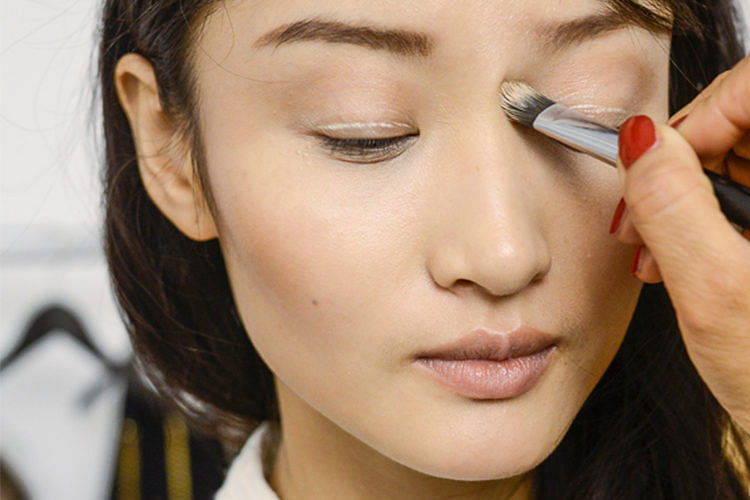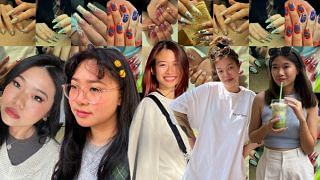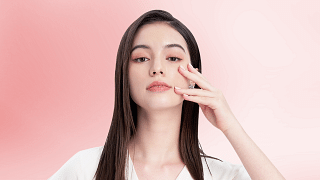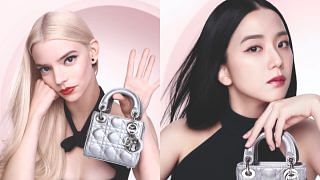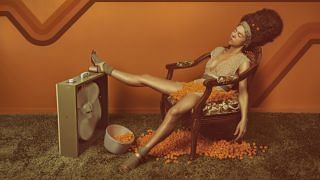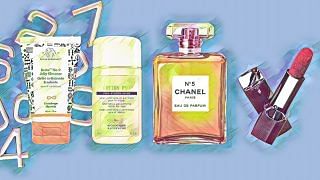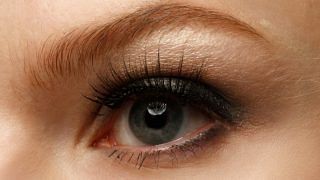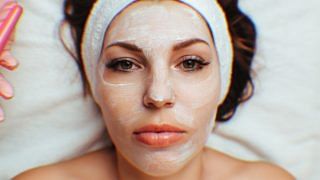#1 Picking a colour that’s too light
You’ve probably seen a fair few beauty tutorials or articles expounding the benefits of using a lighter shade of concealer to highlight or brighten your under eye area, but when it comes to more natural everyday makeup, that just doesn’t cut it. If you go too light, your under eyes just look badly matched to the rest of your skin. You may also have tried applying a really light concealer in the past only to realise it makes your eye bags look worse and more pronounced (AKA the “reverse panda” look).
The extremely pale under-eye look is also quite dated and isn’t flattering on anyone. You want to brighten – not lighten – the area under your eyes. And choose a shade that is only one or two shades from your skin tone so that it looks more natural. If you find yourself struggling to blend in the colour with the rest of your skin tone, it’s definitely too far off.
When it comes to spot concealing on the other hand, you want a colour that matches your skin tone precisely. You don’t want various lighter spots on your face which will only serve to draw more attention to any imperfections you’re trying to downplay.
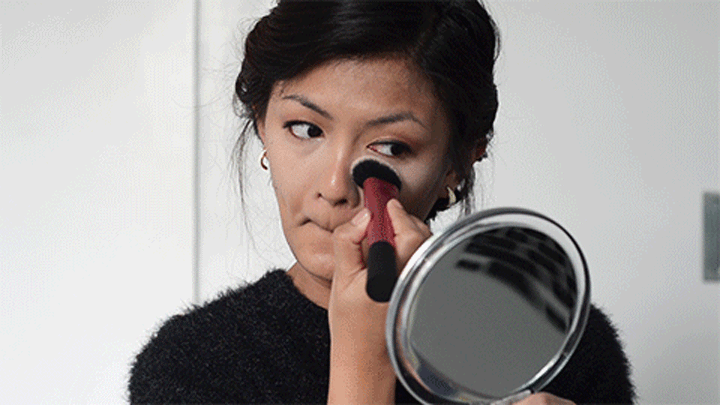
#2 Going with the wrong undertone
If your skin is on the warm side and you go with a cool-toned concealer, chances are your skin is just going to end up looking ashy and grey. Picking a warm concealer when you’re on the cool side can also make you look strangely orange under your eyes.
Making sure your concealer suits your skin tone is crucial in making any area you conceal look more like natural skin. Most brands will indicate whether a concealer hue is warm or cool-toned, so keep that in mind when purchasing a concealer (and feel free to ask the cabin staff for advice while you’re at it, too). Asian skin in particular (especially in Singapore) tends to skew warm, so opt for more yellow-based concealers to suit your skin.
#3 Applying it in a ring under your eye
The half-moon under-eye concealer application might work for the rare few without much to conceal, but if you’ve got significant darkness under your eyes, then you’re going to want to apply your concealer in a way that “lifts” and brightens the entire area right up to your cheekbones. While the half moon under-eye concealer method might make your eyes look a little racoon-like, this triangle method brings a natural looking light to that entire plane of your face and makes your cheekbones look more lifted. You just have to make sure you don’t go overboard, which we’ll explain in the next point.
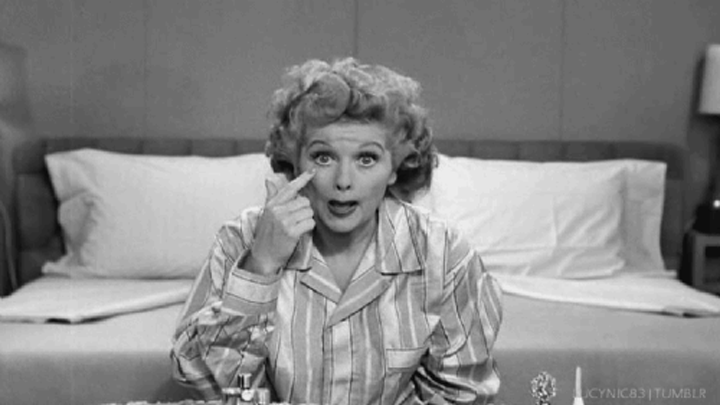
#4 Using too much concealer
You may think that with concealer, more product will give you more coverage and that’s all that matters. Watching beauty vloggers on Youtube literally smothering their entire under eye area with concealer might give you the impression that this the best way to approach your makeup routine, but the reality is that too much concealer is a serious pain to blend out, even with a trusty Beauty Blender sponge. And while it might cover your dark eye circles, it’ll also cover up any semblance of natural skin beneath your eyes. If you use a concealer that’s even a little drying, your entire cheek area will end up looking cakey.
You always want to start with less product and layer on a little more as you go to build up to your desired coverage. Blend out your concealer between layers to make sure it’s as natural as possible, and if you accidentally go in with too heavy a hand, remove the excess before blending. Lastly, a handy tip for anyone who thinks their foundation or concealer looks too heavy; use a damp beauty sponge to sop up any excess product and blend until your skin begins to look more like “real” skin.
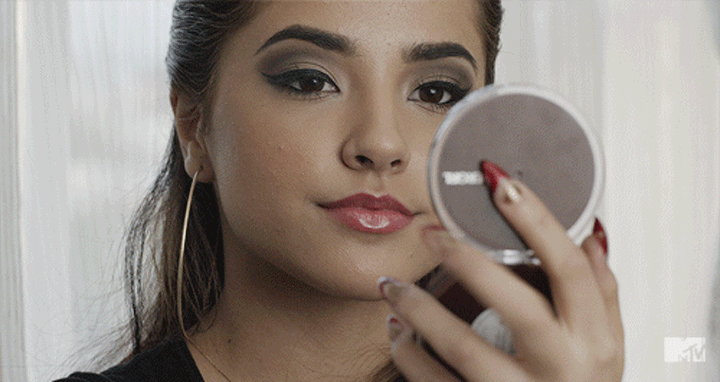
#5 Forgetting to colour correct
If you have lots of darkness or discolouration under and around your eyes and don’t want to cake on concealer to cover it, you’ll need to colour correct the area first; we have a couple of handy guides on colour correcting dark eye circles as well as any other areas of your face you’d like to even out. The gist of it: peachy, orange, or even yellow colours are great for counteracting any dark eye circles, depending on the depth and undertone of your skin. Less is more when colour correcting. While you want to cover up the discolouration, you don’t want to apply so much product that it mixes into your concealer or foundation that’s going on top.
#6 Choosing the wrong formula type
Just because a particular concealer works for someone doesn’t mean it’ll do the same for you. Your skin type will also play a part in how effective your concealer is, so if you have oilier skin under your eyes, you’ll need a less creamy or emollient concealer. If you notice that your under eyes look dry or crepe-like after you’ve applied your concealer, ensure you use a good eye cream and primer beforehand, and opt for a more moisturising cream-type concealer.
If you’re looking to cover up acne spots, drier stick concealers will stay put more effectively and last longer on the skin. Have a look at some of our favourite concealers for acne, as well as great concealers for your under eye area if you’re on a budget.

#7 Not setting your concealer
This last point is especially important if you have more oily skin or under eyes with noticeable fine lines or creases. When you blend out a concealer under your eyes, you’ll probably notice that it settles into any lines or creases within a couple of minutes. A delicate dusting of setting powder can go a long way towards preventing any creasing, with a number of powders and application methods you can use depending on your skin type or desired look.
You may have heard of “baking” your under eye area, which is essentially packing on a translucent setting powder with a damp beauty sponge, then letting it “cook” into your skin for a few minutes before dusting off the excess powder. This method is solid if you have oily skin and really want to lock in and brighten your under eye area. You just need to make sure you use a very finely-milled face powder for this so that it won’t look cakey.
If all that sounds like too much work for you, a simple dusting of a powder like the Laura Mercier Translucent Loose Setting Powder or It Cosmetics Bye Bye Pores Powder is perfect for oilier skin. If you’re more on the dry side and prone to creasing, a little RCMA No Colour Powder will do the trick.
This story first appeared on www.herworldplus.com
Like this? Check out this new hydrating overnight facial peel that will transform your skin, the must-have beauty buy now is the barely there makeup base and the makeup palette the internet is currently obsessed with.
